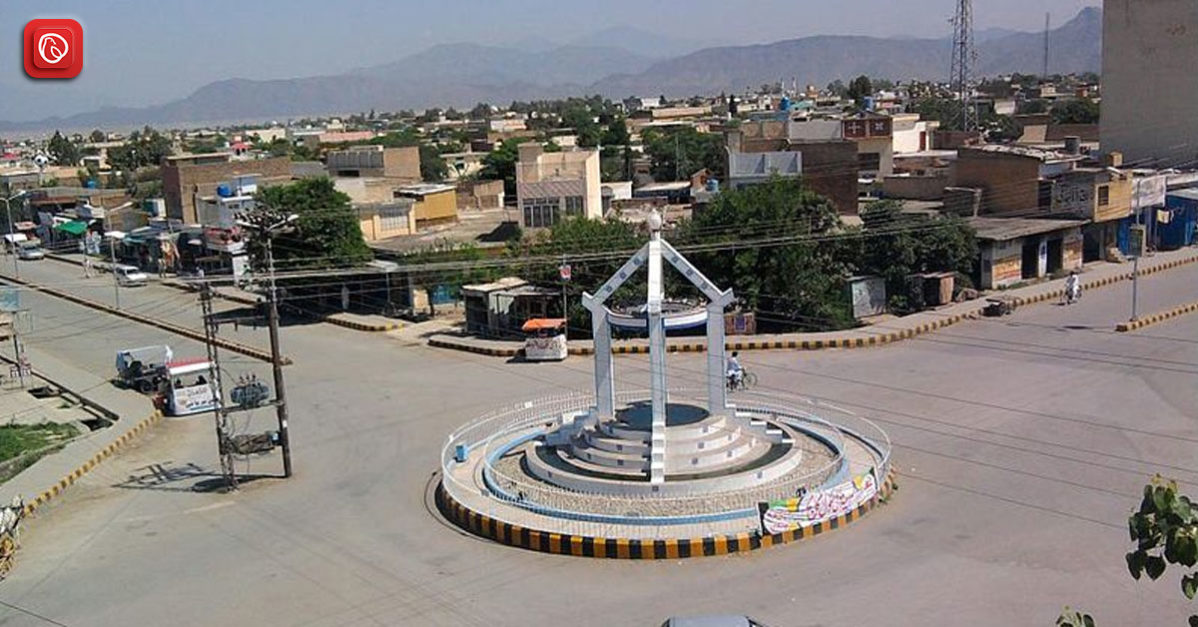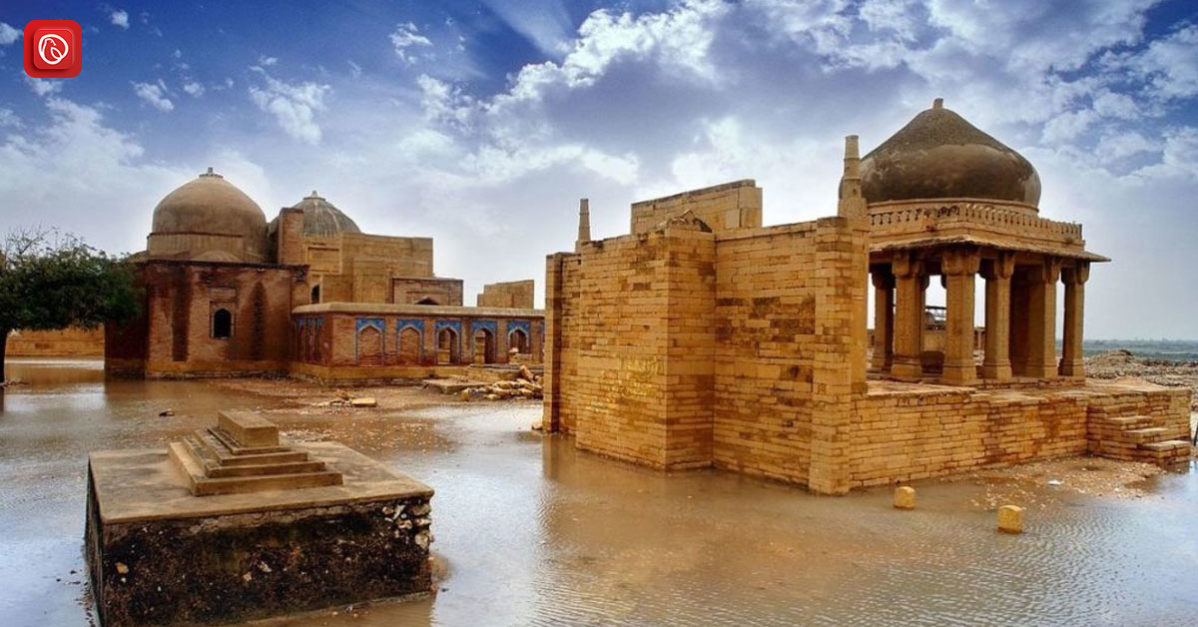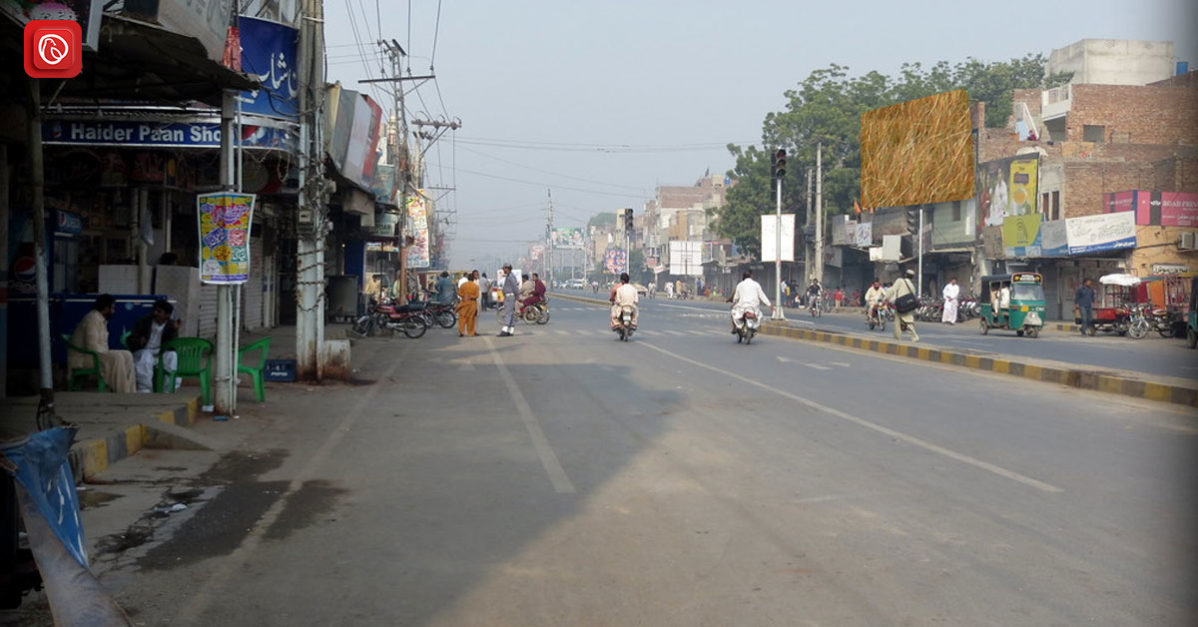Located in the breathtaking Hazara region of Pakistan lies the beautiful city of Haripur. Often overshadowed by its more renowned counterparts, the city is waiting to be discovered. Packed with historical and cultural riches this beauty of nature offers a unique blend of experiences for travellers seeking an off-the-beaten-path adventure. In this blog post, Graana.com will delve into the many charms of Haripur, exploring its significance, geographical features, cultural diversity, and much more.
Historical Background
Haripur’s history traces back centuries, with evidence of human habitation dating back to ancient times. However, the city as we know it today was founded back in 1822 by the Sikh general Hari Singh Nalwa. It served as the headquarters of Hazara until it was conquered by the British in 1848. General Mahan Singh Mirpuri also played a significant role in its battles.
The town attracted attention and admiration even in its early days. Baron Hugel visited Haripur on 23 December 1835, describing it as a place buzzing with activity. The municipality of Haripur was established in 1867.
A notable historical marker in Haripur is the obelisk marking the grave of Colonel Canara, a European officer of the Sikh Artillery, who bravely defended his guns single-handedly against insurgents led by Chattar Singh in 1848.
One of the significant developments in Haripur’s history was the raising of the 4th (Hazara) Mountain Battery in 1851. This battery was formed by local Hazara gunners who were trained by James Abbott, a British officer and the first deputy commissioner of Hazara. They were trained to defend the district and participated in numerous campaigns throughout the province.
In 1901, the population of Haripur was 5,578. The income and expenditure of the town during the ten years ending 1902-03 averaged Rs. 17,800. By 1903-04, the income and expenditure had increased to Rs. 19,100 and Rs. 20,000, respectively.
Geography and Climate
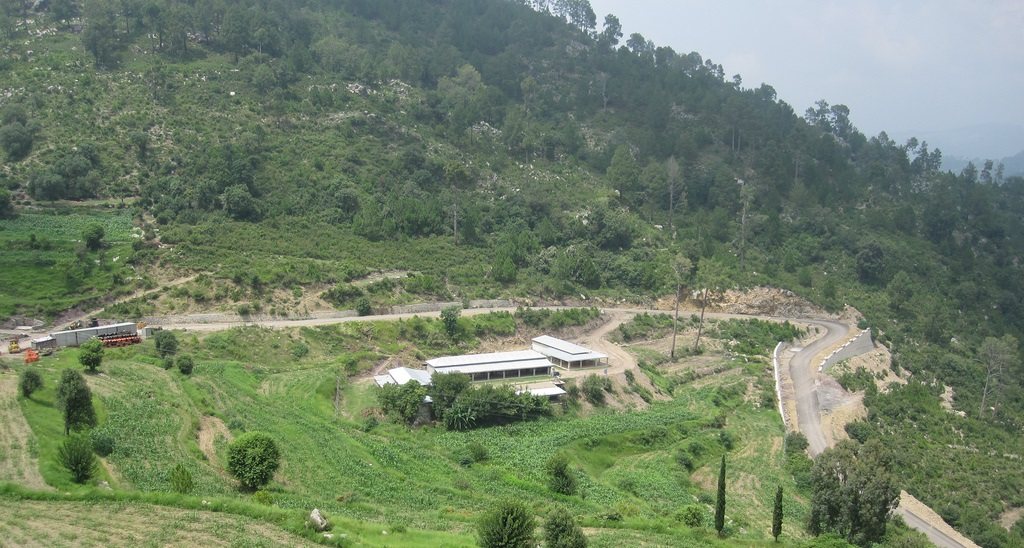
Situated amidst the majestic foothills of the Himalayas, Haripur boasts a diverse landscape characterised by lush green valleys, rolling hills, and meandering rivers. The city has a temperate climate, with mild summers and cool winters, making it an ideal destination for travellers year-round. The surrounding mountains provide a scenic backdrop to the city, offering opportunities for outdoor activities such as hiking, trekking, and birdwatching.
The geographical features of Haripur have played a significant role in shaping its culture and way of life. The fertile plains along the banks of the Haro River support agriculture, with crops such as wheat, maize, and sugarcane being cultivated in abundance. The region’s natural beauty and pleasant climate also attract tourists from far and wide, contributing to the local economy.
Cultural Diversity
Haripur is home to a diverse population comprising various ethnicities, religions, and linguistic groups. The city’s cultural landscape is a tapestry woven from the traditions, customs, and beliefs of its inhabitants. Pashtuns, Hindkowans, and Punjabis are among the prominent ethnic groups found in Haripur, each contributing to the cultural mosaic of the city.
Despite its diversity, Haripur is characterised by a spirit of harmony and coexistence, where people of different backgrounds live and work together in peace. Traditional customs and festivals such as Eid, Basant, and Jashn-e-Baharan are celebrated with great fervour, bringing communities together in joyous celebration. Religious diversity is also evident, with mosques, temples, and gurdwaras coexisting harmoniously within the cityscape.
Architectural Heritage
One of the most striking aspects of Haripur is its architectural heritage, which reflects the city’s rich history and cultural heritage. The Bala Hisar Fort, dating back to the Mughal era, is a prime example of the city’s architectural prowess, with its imposing walls and intricately designed gateways. The fort served as a strategic stronghold during various periods of conflict and continues to symbolise Haripur’s resilience and grit.
In addition to the fort, Haripur has numerous historical buildings and monuments, each bearing testimony to the city’s storied past. The Nimak Mandi Bazaar offers a glimpse into the vibrant commercial life of mediaeval Haripur. Other notable landmarks include the Shahi Mosque, the Clock Tower, and the Haveli of Sardar Fateh Khan, each adding to the city’s architectural charm.
Natural Beauty
Beyond its historical treasures, Haripur has abundant natural beauty. This makes it a paradise for nature lovers and outdoor enthusiasts. The city’s lush green valleys, sparkling rivers, and verdant forests provide a tranquil escape from the hustle and bustle of urban life. The Khanpur Dam, located just outside the city, is a popular recreational spot, offering opportunities for boating, fishing, and picnicking amidst breathtaking scenery.
Haripur is also home to several parks and gardens, where visitors can relax and unwind amidst serene surroundings. The Sajikot Waterfall, nestled in the heart of the Haripur Hills, is a hidden gem waiting to be discovered, with its cascading waters and pristine natural beauty. Wildlife enthusiasts will also find much to explore in Haripur, with the city’s forests teeming with diverse flora and fauna.
Economic Importance
Despite its relatively small size, Haripur plays a significant role in the regional economy, serving as a hub for trade, commerce, and industry. Agriculture forms the backbone of the local economy, with the fertile plains of Haripur yielding bountiful harvests of wheat, maize, and vegetables. The city is also home to thriving industries such as textiles, ceramics, and pharmaceuticals, which contribute to its economic growth and development.
In recent years, Haripur has witnessed a boom in construction and real estate. Furthermore, it is fueled by the city’s strategic location and growing population. Completing the Hazara Motorway has further enhanced Haripur’s connectivity with major urban centres. It has opened up new avenues for investment and development. The city’s proximity to Islamabad and Abbottabad also presents opportunities for business and tourism, driving economic activity in the region.
Educational Institutions
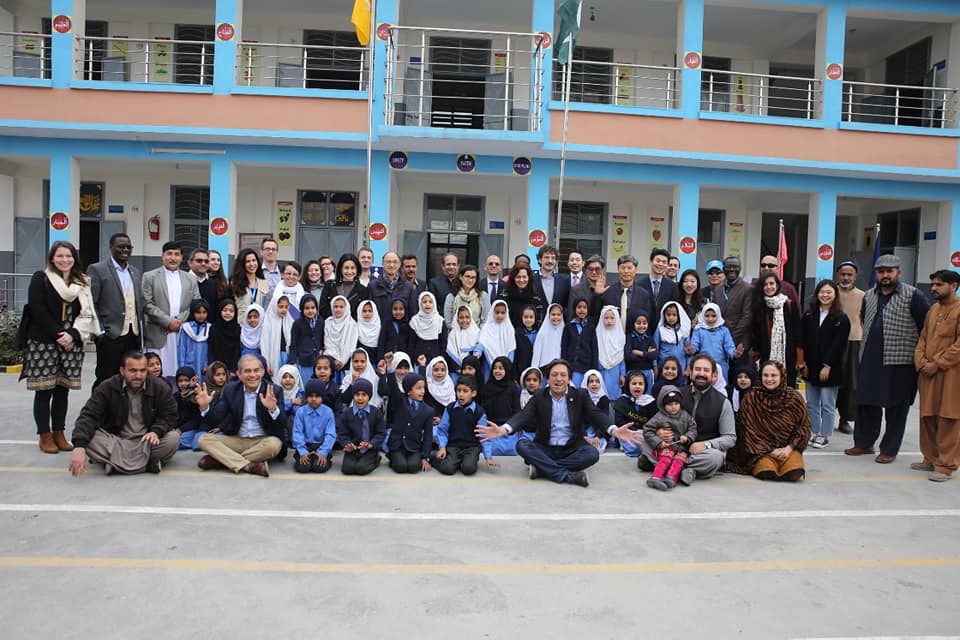
Haripur boasts a robust educational infrastructure, with a wide array of schools, colleges, and universities catering to the needs of its diverse population. From prestigious institutions like Hazara University and the University of Haripur to smaller, community-based schools, Haripur offers educational opportunities for students at all levels. The city’s emphasis on education has helped nurture a skilled workforce, driving innovation and growth in various sectors of the economy.
In addition to formal education, Haripur is also home to numerous vocational training centres and technical institutes, providing valuable skills and training to its youth. The city’s commitment to education is evident in its investment in educational facilities and programs, ensuring every child has access to quality education and the opportunity to fulfil their potential.
Local Cuisine
No visit to Haripur would be complete without sampling its delectable cuisine. It reflects the city’s rich culinary heritage and cultural diversity. Traditional dishes such as chapli kebabs, pulao, and sajji are staples of Haripur’s culinary scene. They offer a tantalising blend of flavours and spices. Street food enthusiasts will delight in exploring the bustling markets and food stalls that line the streets of Haripur, where vendors dish out mouthwatering snacks and treats.
The city’s culinary offerings are a testament to its multicultural identity. It has influences from Pashtun, Hindkowan, and Punjabi cuisines. Whether savouring a hearty meal at a local dhaba or indulging in a feast fit for royalty at a traditional hujra, visitors to Haripur are sure to be treated to a gastronomic experience.
Frequently Asked Questions (FAQs)
Following are the most common questions and their answers for Haripur.
What is Haripur famous for?
Haripur, located in the Khyber Pakhtunkhwa province of Pakistan, is famous for its rich cultural heritage and historical significance. It is notably popular for being a hub of the Gandhara civilization. It has several archaeological sites dating back to the Buddhist era, including the ancient city of Hund.
What are the main tourist attractions in Haripur?
Haripur offers a variety of attractions for tourists, including:
- The ancient city of Hund with its Buddhist stupas and monasteries.
- Khanpur Dam, a popular spot for picnics, boating, and water sports.
- Sakesar Hill Station offers breathtaking views of the surrounding landscape.
- Gor Gathri, an archaeological site known for its ancient relics and artifacts.
- Tarbela Dam, one of the largest earth-filled dams in the world, also offers recreational activities.
How is the weather in Haripur throughout the year?
Haripur experiences a typical subtropical climate with hot summers and mild winters. Summers, from April to September, can be quite hot with temperatures often exceeding 40°C (104°F). Winters, from November to February, are relatively mild with temperatures ranging from 5°C to 20°C (41°F to 68°F). The monsoon season, from July to September, brings moderate to heavy rainfall.
Is Haripur a safe place to visit?
Overall, Haripur is a relatively safe place to visit. However, like any other destination, visitors should exercise caution and remain vigilant, especially in crowded areas and during late hours. It’s advisable to stay informed about the local situation and follow any travel advisories issued by relevant authorities.
How can I reach Haripur from major cities in Pakistan?
Haripur is accessible by road and rail from major cities like Islamabad, Lahore, and Peshawar. The nearest airport is Islamabad International Airport, located approximately 90 kilometres away. Visitors can also avail of intercity bus services or hire private transport to reach Haripur conveniently.
For more related information, visit Graana Blog.
